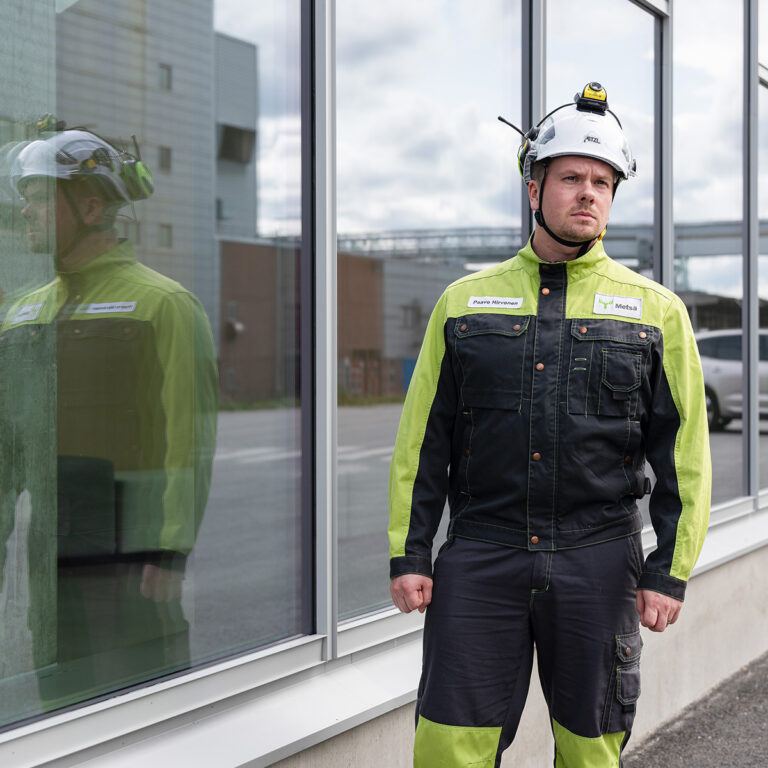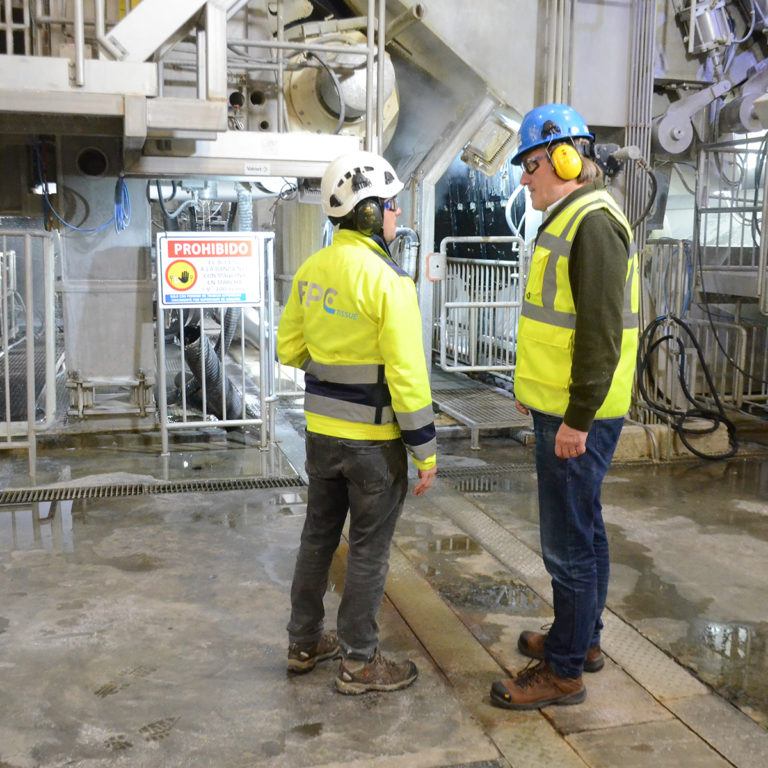Norske Skog Albury, Australia Boosts Machine Vision with System Replacement
Norske Skog’s Albury paper mill is located in southern New South Wales, and supplies newsprint for the Australian market. Albury is on the banks of the Murray River and is the optimal mill location for producing and supplying newsprint to Australian capital cities such as Sydney, Melbourne, Brisbane and Adelaide. The mill utilises up to 45% recycled fibre, which is produced in Australia’s first large scale newsprint deinking plant. Commissioned in 1993, this facility recycles about 100,000 tonnes of old newspapers and magazines each year. The other source of fibre used at the mill is plantation radiata pine. The mill commenced production in 1981 and ranks among the best newsprint production facilities in the world. The paper machine is 8.6m wide, with a production speed of 1,600m/min, annual production capacity of 274,000 tonnes and paper grades from 36 to 52 gsm.
One of the challenges facing operators of modern high speed paper machines is that it is hard to achieve good visibility inside the machine, resulting in less understanding of the reasons for web breaks and defects.
In 2012 Norske Skog evaluated its existing camera systems, which were deemed to be out of date and obsolete. The analogue camera technology being used was no longer able to meet industry requirements and the requirements of increasingly competitive markets. This, along with the fact that spare parts were no longer readily available, resulted in Norske Skog seeking to replace its existing systems. A tender process began shortly after, with several of the industry’s heavyweights delivering proposals.
After an extensive evaluation process and live demonstrations, the Procemex TWIN system was chosen. The new Procemex TWIN system delivers machine vision to troubleshoot and monitor web breaks and web defects. The fully integrated system includes both web break monitoring (WMS) and web inspection (WIS) functions. The system also includes Procemex HD Flex camera technology and safe LED lighting for both the WMS and WIS.
Norske Skog chose Procemex’s TWIN system because of its advanced technology, cost-effectiveness and the solid reference checks from Norske’s sister companies in Europe.
The installation and start up were completed in November 2012, involving personnel from Norske Skog, Procemex and UJL (Procemex’s Australian distributor). Norske Skog’s management was very happy with the installation and implementation process, given that Procemex’s delivery was as expected and handled with professionalism and good support.
Justin Hayes, Project Manager at Norske Skog, confirmed that the implementation of the system was also very well received by mill operators and site managers. Adaptation and training were carried out very smoothly, and many consider the change to be a significant technological advancement that further enhances the mill’s current operations.
Justin also stated that the new system has provided the mill several important benefits. Broadly speaking, these can be categorised as:
- improved visibility
- improved troubleshooting of web breaks / defects
- increased cost-efficiency
There are many factors that contribute towards improved visibility inside the paper machine, such as the use of HD cameras, fast frame rates, good lighting and clean camera surfaces. The increase in visibility has shed light on previously unknown elements that cause web breaks and defects. Norske Skog Process Engineer Stuart Harman has indicated that about 50% of prior web breaks and defects were due to unknown reasons. Needless to say, there are now very few web breaks or defects that Norske Skog’s mill operators are unable to explain, improving the mill’s capacity to identify key problem areas that may require new solutions.
As for troubleshooting of problems, the phrase “need more data” is aptly met with Procemex, influencing Albury’s decision making. Mill operators are now able to identify the precise moment and reason for a web break, paving the way for preventative solutions and other improvements in efficiency and cost.
This technology has also helped mill operators determine when cleaning is required (e.g. pitch roll cleaning), avoiding the need for costly and time-consuming interruptions based on routine machine stoppages. Previously, pitch cleaning was undertaken based on consecutive wet end breaks that were thought to be pitch based, requiring physical and chemical cleaning interaction tasks. The advantage of having fast frame rates, clear images and accurate camera synchronisation has also made it possible to have better monitoring of press and former section locations and especially trim squirts, which was impractical with old camera technology.
As mill operators become more familiar with the new camera system, and as more data and information are collected through the use of this technology, management can definitely look forward to further improvements and efficiencies being made.
More information
More Success Stories

Nippon Dynawave Packaging: Superior Product Quality and Increased Uptime with Procemex Web Monitoring and Web Inspection System

BillerudKorsnäs Gruvön Mill: “We Are Really Happy to Run Procemex OnePlatform System”

Metsä Board Äänekoski: Higher Customer Satisfaction and Line Efficiency with Procemex Web Monitoring and Inspection System
